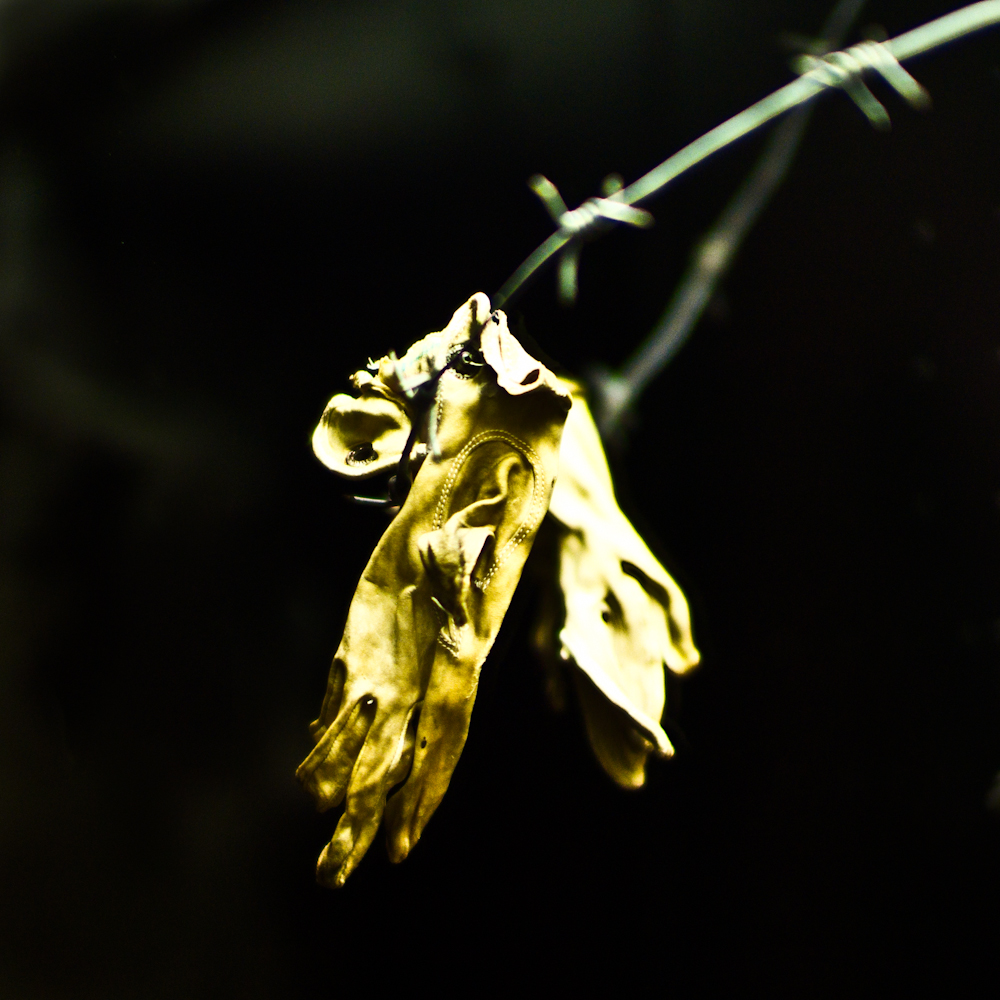The Battle of Kiev 1941


Sixty years ago today, on September 26th, 1941, nearly a million Soviet troops lost the First Battle of Kiev to the combined German Army Group South and Army Group Center. They outnumbered the Germans nearly two to one, but Soviet defense tactics were still extremely primitive and no match against German armor.
Battle of Kiev: Encirclement

The Soviet forces knew they were in danger of being encircled, but Stalin refused to allow them to retreat. Poorly trained and badly equipped, the soldiers stood fast and waited for the Germans.
“We did have rifles, but only one rifle among five men, and about 100 cartridges. We thought this would only be whilst on the way to the front or while training. When we came to fight, we thought we would be given new weapons. But that never happened to us.” Viktor Stravdoski, Soviet Veteran, 18th Rifle Division
The siege began in July, 1941, and ended in late September. In the final days, The Germans broke through the last lines and killed Soviet Commander Mikhail Kirponos. Without leadership or instructions, confusion swelled in the defenders’ ranks.
“We were given no instructions. We knew we were doomed.“ Viktor Stravdoski, Soviet Veteran, 18th Rifle Division
Desperate to escape the Soviet soldiers even attacked the German lines without weapons. “We saw that the first line had rifles, but the second line had no rifles. They took the rifles from the dead. No German would attack without a weapon.” Wolfgang Horn, German Veteran, 10th Panzer Division
Battle of Kiev: Prisoners of War

The result was 650,000 Soviet soldiers captured. It is the largest encirclement in military history, and represented nearly one fourth of all Soviet POWs Germany took in during the war.
The fate of the captured Soviet soldiers both foreshadowed and reflected the depth of the German and Soviet atrocities that became the norm for the next four years. Considered sub-human by the Germans, the captured soldiers were rarely fed, put to hard labor, and left to die of exposure.
Their hair became stuffing for mattresses. Skin became gloves.
Battle of Kiev: Cannibalism

“Things are out of control in the camps. The prisoners even seized a guard and ate him,” is how Goering cruelly referred to the situation among prisoners. In fact, cannibalism was not infrequent.
“At night we would cut bits of flesh, and then secretly try to boil it or fry it. No one took the guts, of course. Other parts of the body might be infected with something. Skin, for example. But the liver might be edible. Lungs were sometimes cut out too.” Georgy Semenyak, Soviet Prisoner of War.
The atrocities against the Soviets, Jews and other persecuted minorities at the hands of the Nazi’s are well known. Less known and nearly equally tragic, is how the Soviets treated their own kin after liberating them from the camps in 1945.
Battle of Kiev: Stalin’s Atrocities

In early 1945 the The Red Army liberated many camps, often singing songs as they marched in. What was initially a joy for the surviving Soviet prisoners quickly turned bitter.
“Two Soviet officers approached, and one asked, ‘So how did you live it up here, you whore?’ He didn’t even ask us how we survived. He grabbed a pistol and signaled me to get out.” Tatiana Nanieva, Soviet Prisoner of War.
Officially, the USSR did not recognize it had any captured soldiers in German hands. In the eyes of the Soviet regime, a prisoner was both a coward and a traitor. Paranoia and shame motivated Stalin to order all two million Soviet POWs liberated in Germany to be tried. They were accused under article 58B: “Betrayal to the Motherland”, and sent to the Gulags in Siberia. An estimated half of them died.
Museum of the Great Patriotic War in Kiev

The museum is actually part of a large memorial complex in Pechersk Kiev, near the Arsenalia Metro station. It is located on a hill overlooking the Dnieper River, and under the famous 62-meter tall Motherland statue. Next to the museum is an outdoor exhibit of old Soviet military equipment, and a smaller hall telling the history of the Afghan intervention.
The promenade up to the museum, known as “Alley of the Heroes” is full of statutes that visually narrate the war. First they show the shock and horror of the invasion; then the partisan struggle, and finally the re-invented Red Army crossing the Dnieper in 1943—liberating Kiev. The statues are unique among Soviet monuments for actually having a suffering beauty in them.
The museum itself is an impressive collection of artifacts and art that gives tribute to the Soviet victory, and unforgivingly damns the Germans. Translations are lacking. More significantly, considering Ukraine’s independence, a revisionist view would be expected. As it stands, there is no mention of the horrors Stalin subjected Ukraine to. A full three or four hours are needed to visit the museum and the surrounding grounds.

Quotes in this article are thanks to exhibits in the Museum of the Great Patriotic War, and to the BBC Documentary: “War of the Century”.


This post is very usefull thx!
I find your blog very meaningful, keep up the good work and continue educating others in art!